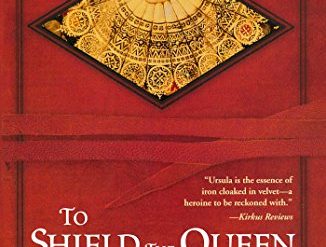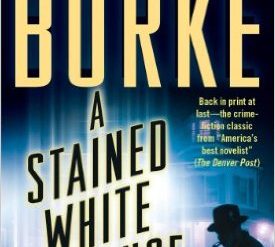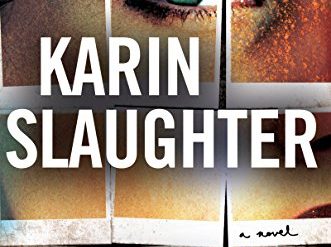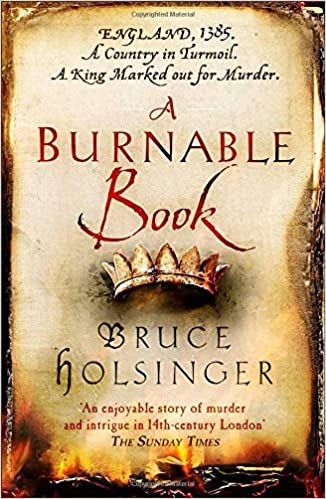
Late in the 14th century, England continued to suffer from the factionalism and political instability that had bedeviled the country for centuries. The Black Death was a century in the past, and the population had begun to grow again. The earliest glimmers of the Reformation were introducing dissension into religious affairs. And the social order that had dominated the country throughout the Middle Ages was well on its way out. No longer could everyone be neatly fit into one of the three orders (nobility, clergy, and peasants). Now merchants, some of them wealthier than their former lords, were beginning to play a leading role in society. In this unsteady environment, medievalist Bruch Holsinger sets his engrossing novel about a plot to assassinate the king, A Burnable Book.
Intrigue in the royal court
The action unfolds in the year 1385. An untested young king, Richard II, had sat on the throne for only three months. His court seethed with intrigue, with the nobles around him jockeying for advantage over one another. Some, including his powerful uncle, John of Gaunt, the Duke of Lancaster, flaunted their opposition to Richard’s rule. Others, less openly, plotted his assassination. And it seems inevitable that Geoffrey Chaucer, and his friend, a wealthy middling poet named John Gower, should stumble into one such plot.
A Burnable Book (John Gower #1 of 2) by Bruce Holsinger (2014) 276 pages ★★★★☆
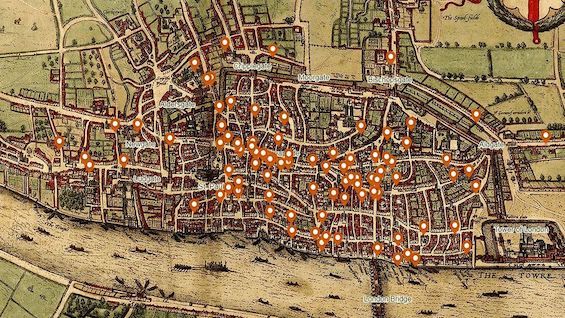
A young woman is murdered because of a book
The novel opens as a young, well-dressed woman meets her death at the hands of an unknown murderer. She has refused to answer the man’s demand, which sounds like “doovay leebro?” A young prostitute, hiding nearby, witnesses the murder and hears the question. She clasps to her chest a small package the victim had thrust at her shortly before her killer overtook her. And that package, a small book wrapped in an embroidered cloth, is the burnable book of the title.
A private detective, of sorts, in 14th century England
John Gower, Holsinger’s protagonist, enters the story when his long-time friend Geoffrey Chaucer implores him to recover the book. He regards it as a threat to his life but refuses to explain. But it’s no mystery why he turns to Gower. The son of a wealthy knight, Gower is a man of means and has turned his life to operating as what we today might term a private detective. His connections are legion, his knowledge of the secrets of the realm, unmatched.
As Gower’s inquiry advances, he learns more and more about the contents of the book. And as he does so, it becomes clear just how closely linked it is to a plot to assassinate the king.
Fact-based characters
Bruce Holsinger, a specialist in medieval English literature, knows whereof he writes. The principal characters in this novel conform to what history knows of them, although he has taken liberties with the timeline. Richard II, John of Gaunt, Geoffrey Chaucer, John Gower—all live on in the pages of history. But the novel portrays not just the nobles whose names are known to this day but the city’s underclass as well. Many of the prostitutes who plied their trade in London and nearby Southwark come to life here, too.
And one of them, Edgar Rykener, who is also called Eleanor, is solidly based on an individual who lived in the period. He/she is a man who dresses as a woman and has sex for money. This inclusion, says Holsinger, is directly based on the real-life case of John Rykener, which occurred in 1394, shortly after the events portrayed in this book.
About the author

Bruce Holsinger is a professor of English at the University of Virginia specializing in medieval literature. He is the author of three academic studies and four novels, of which A Burnable Book was the first. Holsinger has also written for the New York Review of Books, The Washington Post and op-eds for The New York Times.
For more reading
You might also enjoy my posts:
- Top 10 historical mysteries and thrillers reviewed here
- 20 excellent standalone mysteries and thrillers
- Top 10 mystery and thriller series
- 20 most enlightening historical novels
- 20 top nonfiction books about history
And you can always find my most popular reviews, and the most recent ones, plus a guide to this whole site, on the Home Page.


